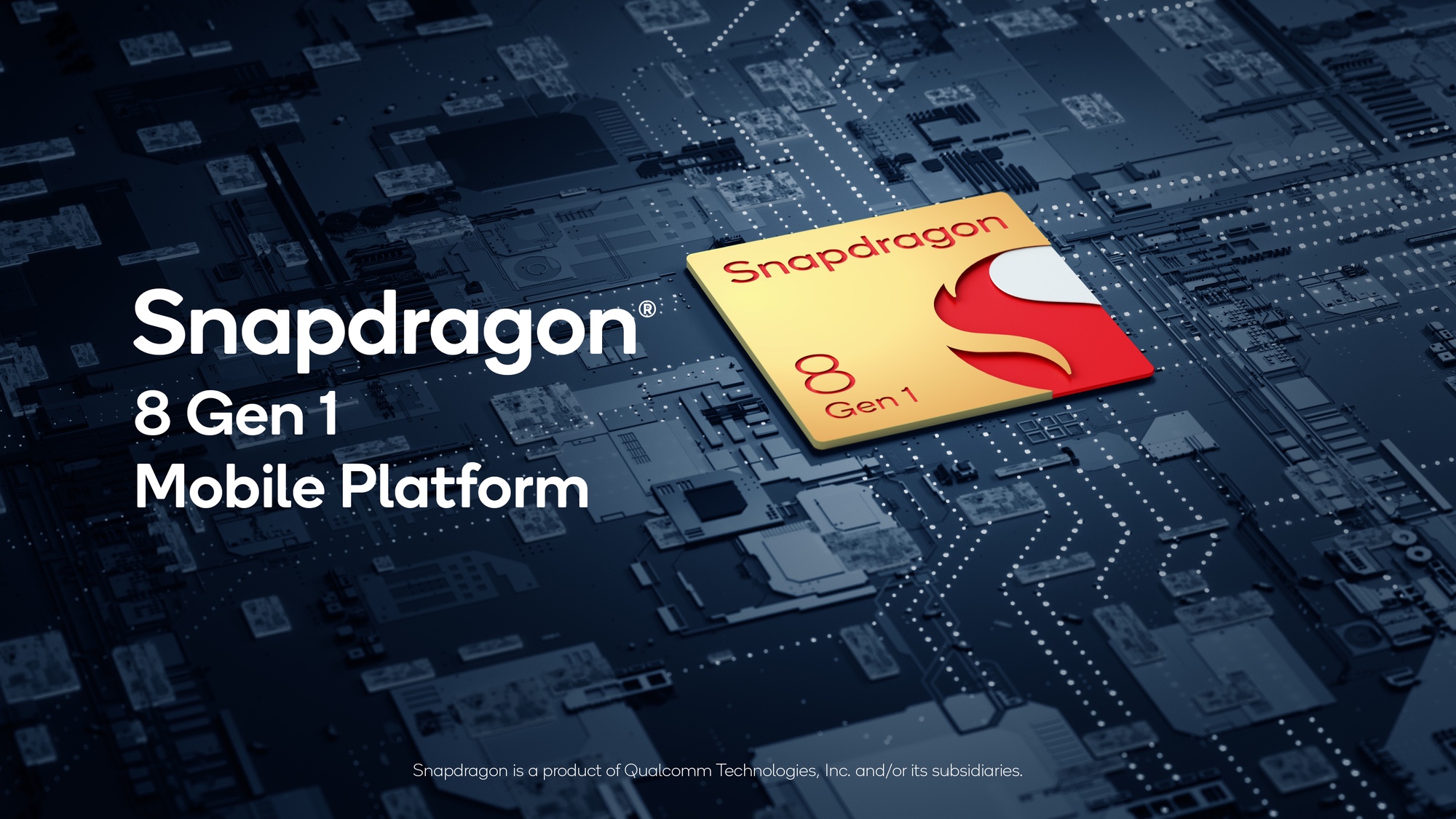Snapdragon 8 Gen 1 Plus could arrive earlier than expected for upcoming Android phones
Report claims Qualcomm wants TSMC to produce the Snapdragon 8 Gen 1 Plus early

Update (May 6): The Snapdragon 8 Gen 1 Plus may get one of its first outings in the Samsung Galaxy Z Fold 4 and Z Flip 4, according to this latest rumor.
The arrival of the Galaxy S22 and Galaxy Tab S8 means we're only now seeing the first U.S. releases of Qualcomm Snapdragon 8 Gen 1-powered devices. But a follow-up chipset from Qualcomm could follow closely on its heels.
On Chinese social networking site Weibo, Mobile Chip Expert wrote that Qualcomm is keen for its partners at TSMC to produce a Plus version of its flagship Snapdragon chip “early”.
“Qualcomm wants TSMC to deliver the 4nm Snapdragon 8 Gen1 plus early to replace the current Snapdragon 8 Gen1,” the leaker wrote according to Google Translate.
Typically, Plus versions of the top-end Snapdragon chips come out toward the second half the year, meaning few high-profile handsets actually benefit from the improved performance. Most key releases hold out for Qualcomm's next generation of silicon, typically unveiled at the end of the year.
An earlier release could give something like, say the Samsung Galaxy Z Fold 4, a bit of a performance boost over the recently unveiled Galaxy S22 family (last year’s Galaxy Z Fold 3 used the same Snapdragon 888 chip as the Galaxy S21, as the 888 Plus was released in late June — too late for the cut off.)
However, while we don’t know how much of an improvement the Qualcomm Snapdragon 8 Gen 1 Plus chip will be over the existing model, it’s important to keep expectations grounded. While Qualcomm boasted that the Snapdragon 888 Plus offered a 20% increase in AI performance, in the kind of benchmarks everyday users care about, the chipset only shows an improvement of between 4- and 7% depending on the test.
Sign up to get the BEST of Tom's Guide direct to your inbox.
Get instant access to breaking news, the hottest reviews, great deals and helpful tips.
Our own Galaxy S22 Ultra benchmark tests showed some performance gains thanks to the Snapdragon 8 Gen 1, but nothing close to catching Apple's iPhone 13. Suffice it to say, these kinds of gains would be invisible to the average user.
All the same, any improvement is welcome, and Qualcomm may consider it necessary to speed up the release of its updated chipset. Anything that can close that gap would be helpful, given big players in the Android mobile space are increasingly looking beyond Qualcomm for their chips. Last year, Google debuted the Tensor chip in its Pixel 6 handsets to great acclaim, and even OnePlus has introduced MediaTek SoCs to its mid-range Nord 2 line. (The OnePlus 10 Pro, already released in China, continues to use Snapdragon silicon, however.)
An earlier release of the Snapdragon 8 Gen 1 Plus could show that Qualcomm means business, but given this is just one rumor based on what the company “wants”, it’s best to treat it with skepticism for now.
Freelance contributor Alan has been writing about tech for over a decade, covering phones, drones and everything in between. Previously Deputy Editor of tech site Alphr, his words are found all over the web and in the occasional magazine too. When not weighing up the pros and cons of the latest smartwatch, you'll probably find him tackling his ever-growing games backlog. Or, more likely, playing Spelunky for the millionth time.

